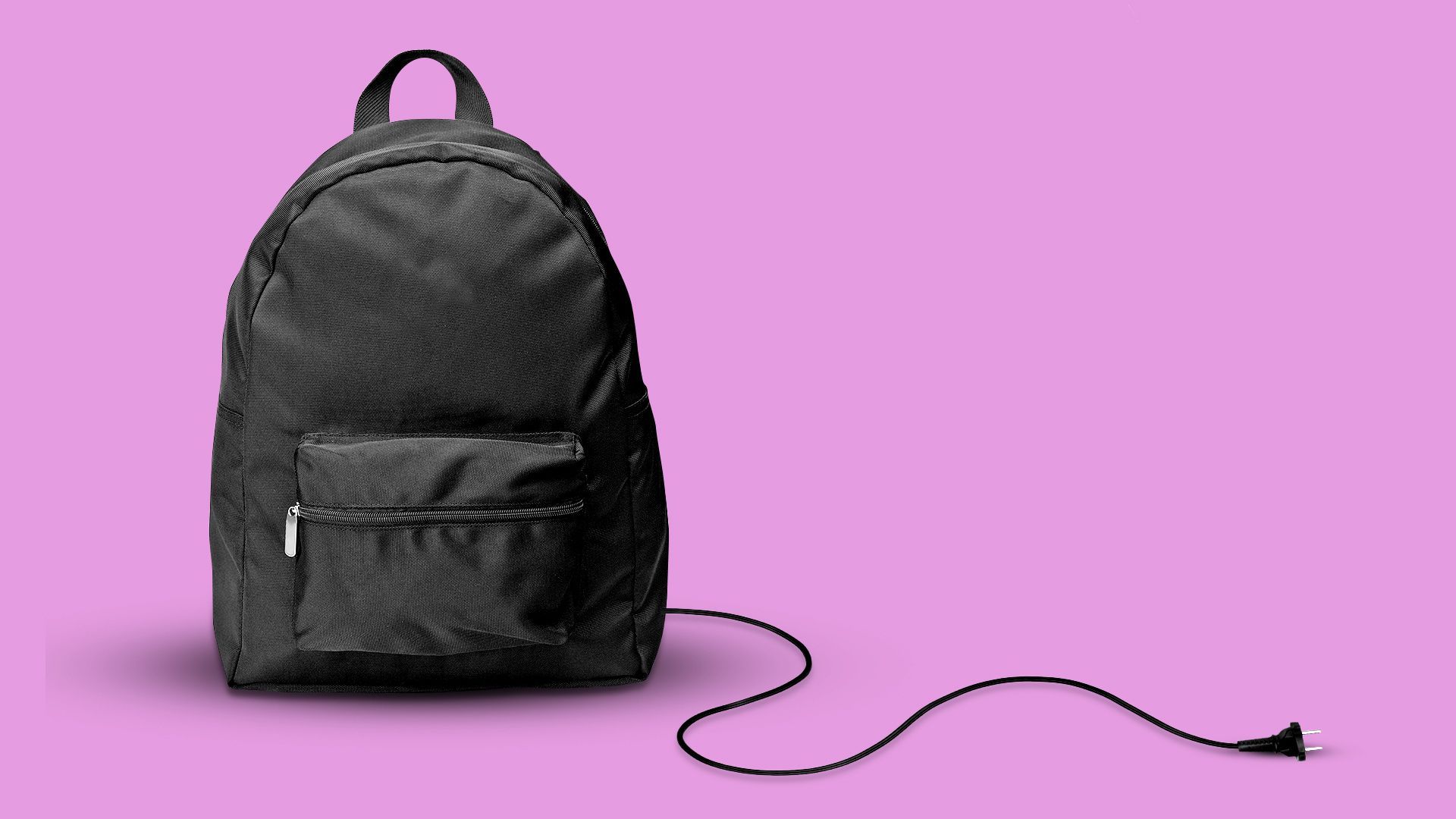| Students on the wrong side of the digital divide who have struggled to keep up with remote learning will continue to face major hurdles even as schools reopen, Axios' Margaret Harding McGill reports. The big picture: Students without reliable in-home internet are already at an educational deficit, and many of the remote learning tools the pandemic has ushered in are here to stay. Experts and advocates worry that unconnected students could permanently fall behind their more wired peers if they don't get assistance now. By the numbers: Schools scrambling to ensure that students can get online at home have tapped public and private resources to connect an estimated 3 million kids since the pandemic began, according to a tally from EducationSuperHighway, a nonprofit focused on school connectivity. - But another 12 million kids still don't have the connections they need for distance learning, according to a January report from Common Sense Media and the Boston Consulting Group.
- And that analysis found that 75% of pandemic-related efforts to close the digital divide will expire in three years.
Kids in rural areas and Black, Latino and Native American households are hardest hit by the digital divide, according to the Common Sense study. - Texas, California and Florida have the most overall students without adequate internet service, while Mississippi, Arkansas and Alabama have the highest proportion of insufficiently connected students.
What could help: Money. "One of the lessons I hope that gets learned during all this is that internet service is expensive," Angela Siefer, executive director of the National Digital Inclusion Alliance, told Axios. "Now we have to come up with a long-term solution to address that." At the federal level, acting FCC chairwoman Jessica Rosenworcel last week kicked off a process to potentially expand a broadband subsidy program for schools and libraries so it can be used to connect students at home. - The FCC is also moving forward to disburse $3.2 billion in federal funding under the last COVID relief package to help low-income families cover up to $50 of their monthly broadband bill.
At the local level, Chicago created a model program through partnerships with philanthropists and local internet service providers to sponsor service for students who lack access. The program connected 50,000 students by December and aims to connect another 50,000 by June. - Schools provide their students' addresses to local ISPs, which identify the homes that aren't connected. The schools then purchase internet service for low-income families that lack access, and work with community organizations to connect families.
- EducationSuperHighway and ISPs are trying to expand the Chicago model nationwide.
- Comcast, which participates in the Chicago program, announced plans this month to connect 1,000 community centers to WiFi by the end of 2021 as part of its Lift Zones project to help expand access to distance learning during the pandemic.
The bottom line: "The homework gap existed before the pandemic and it will persist after it if we don't make it a priority right now to get every student the broadband connection they need," Rosenworcel told Axios. | 




No comments:
Post a Comment